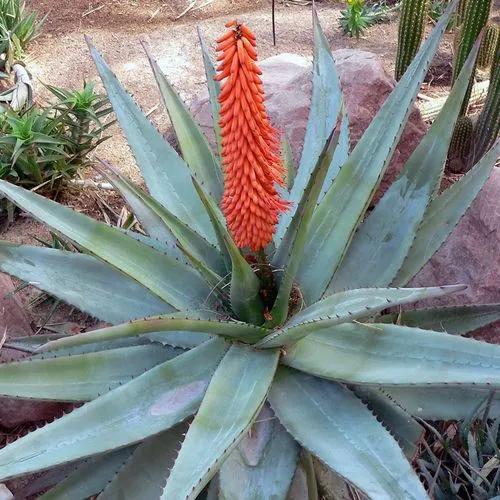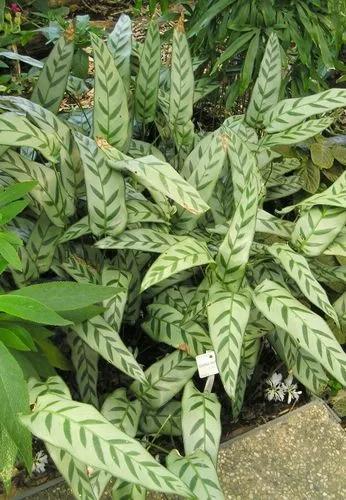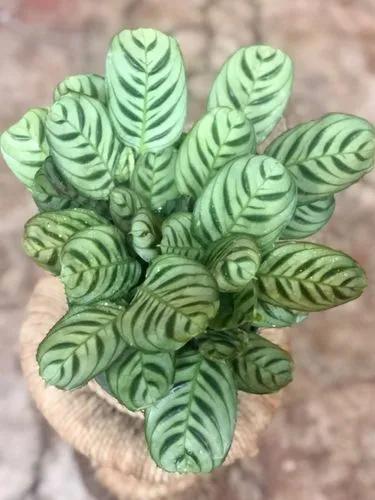Pachycaul herbs, massive, to 2.5m, evergreen, with slightly milky latex. Stem erect to decumbent, with short stolons terminating in tubercles arising from base. Leaves several to rather many together, clustered at tips of stems of larger plants; petiole up to 1.5m, sheath membranous; leaf blade peltate, cordate-sagittate or cordate-ovate, up to 130 × 100cm, basal margins undulate, apex shortly acuminate; primary lateral veins 9–12 on each side, interprimary veins forming well defined interprimary collective veins.
Asian Taro Care
Alocasia Odora



How to Care for the Plant

Water

Keep taro plants well watered; the soil should be consistently moist. Water taro often in dry weather.

Pruning

Cut back an elephant ear plant two or three days after the first killing frost when the foliage turns brown. Depending on the climate, this can happen anytime from late summer to midwinter. ... The plant is now ready to overwinter in the garden or be dug up for winter storage.

Fertilizer

Feed taro with rich organic fertilizer, compost, or compost tea. Taro prefers a high-potassium fertilizer.

Soil

Taro corms can be planted in dry or wet settings. Taro requires rich, moist, well-drained soil to moisture-retentive soil. In Asia taro is often planted in wet paddies.

Temperature

Taro is a tropical or subtropical plant that requires very warm temperatures–77° to 95°F (25-35°C)–and consistent moisture to thrive.

Additional

Young taro leaves and stems can be eaten after boiling twice to remove the acrid flavor. The leaves are a good source of vitamins A and C and contain more protein than the corms. In its raw form, the plant is toxic due to the presence of calcium oxalate, and the presence of needle-shaped raphides in the plant cells. Taro root is a starchy root vegetable originally cultivated in Asia but now enjoyed around the world. It has a brown outer skin and white flesh with purple specks throughout. When cooked, it has a mildly sweet taste and a texture similar to potato.

Popularity

4,040 people already have this plant 289 people have added this plant to their wishlists
Discover more plants with the list below
Popular articles






